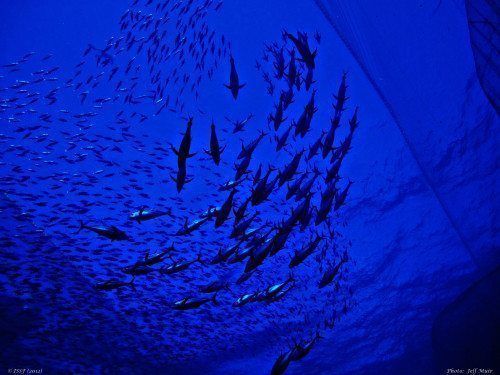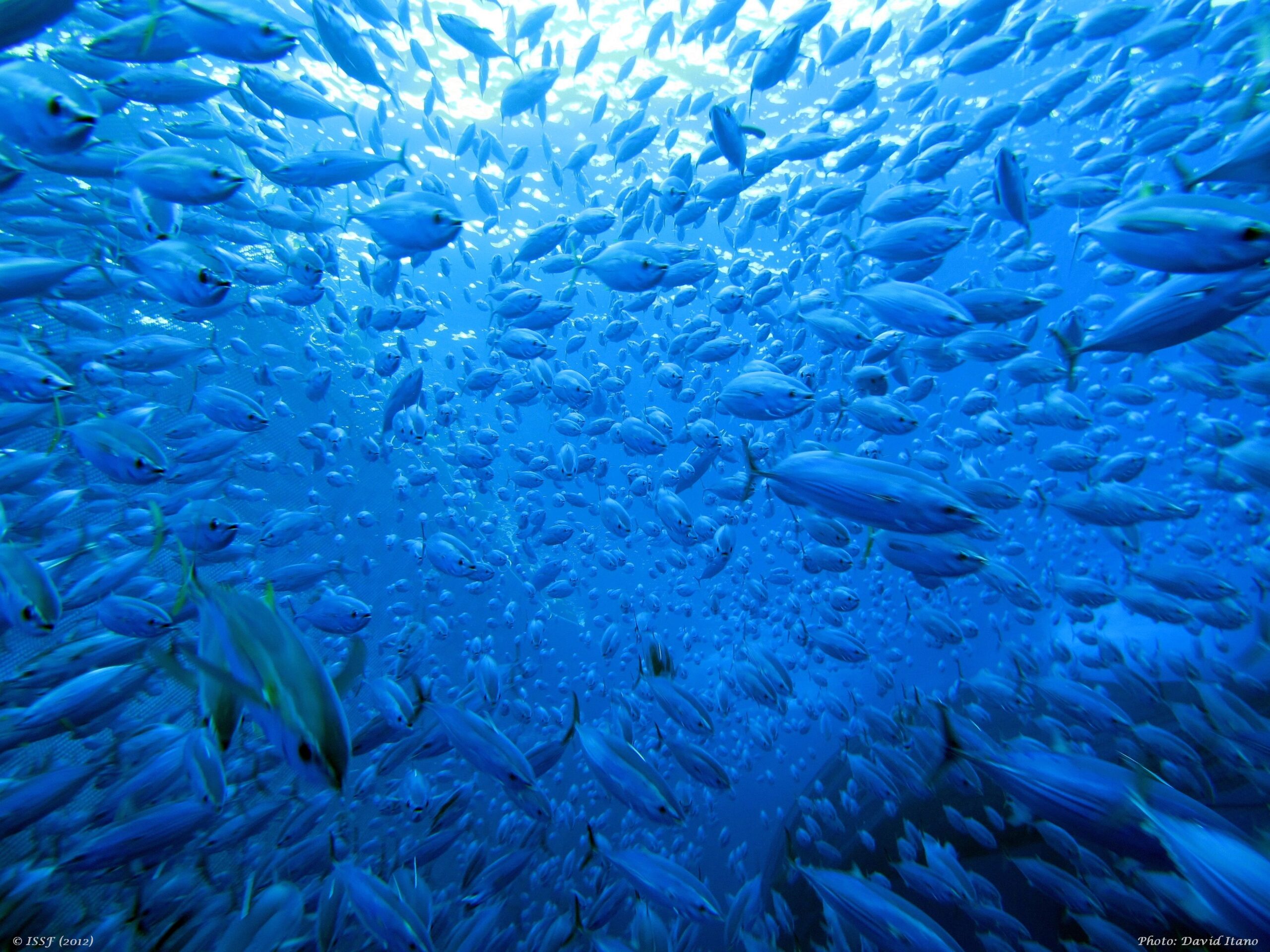
In Rebuilding Tuna Stocks Diminished by Overfishing, Study Confirms Value of Fisheries Management, Regulatory Enforcement Measures
Thanks to strong fisheries management and strictly enforced regulatory measures—especially total allowable catch quotas (TACs)—some heavily depleted tuna stocks are rebuilding their populations, a recent University of Washington (UW) study shows.
In the paper Effects of Biological, Economic and Management Factors on Tuna and Billfish Stock Status, primary author Maite Pons at the UW School of Aquatic and Fisheries Science and her colleagues explored the effect of TACs and other measures on commercially important stocks of tuna and several billfish species.
The conclusion is that, although a wide variety of factors influence the conservation status of overfished stocks, resilient populations like tuna can be rebuilt. Some species, such as Northeastern Atlantic bluefin tuna, Atlantic bigeye tuna and Atlantic swordfish, have already made significant recoveries.
RECOVERY FOLLOWS MANAGEMENT AND ENFORCEMENT
“Many stocks are in a really overfished state, but, where TACs are enforced, we see real-world evidence that some stocks are recovering,” said Pons.
Published online in the June 2016, issue of the scientific journal Fish and Fisheries, the paper attributes a decade-long decline in fishery-related tuna-stock mortality to better management by tuna regional fishery management organizations (tRFMOs).
RFMOs, regulatory bodies established by international agreement, may focus on particular species or on broad, ecosystem-wide issues. One of their most effective stock-conservation tools is the total allowable catch (TAC) quota, which usually specifies the weight of fish that may be caught over a given period of time.
“We found that the implementation of TACs is the management tactic that leads to the fastest rebuilding of overfished stocks,” said Pons. “Limits in fishing capacity, seasonal closures and minimum-size regulations all are important in reducing fishing pressure, but none appear to be as significant as TACs when it comes to increasing tuna-stock biomass.
“Why is this the case? Well, other measures—for example, closing an area for a couple of months—may fail to reduce the total fishing effort in a region over the whole year, as fishing vessels can continue to fish the same stock just outside the area.”
SOME SPECIES LAG BEHIND
There is still need for improvement, however. “Although the International Commission for the Conservation of Atlantic Tunas and the Commission for the Conservation of Southern Bluefin Tuna have implemented TACs in the past, only recently has a TAC been set to control the intense fishing pressure that the Pacific bluefin is experiencing,” she said. Time will tell if the Pacific bluefin TAC has been set at an adequate level to allow rebuilding.
One important expected finding, Pons said, was that tuna stocks tended to be more depleted if they: had high commercial value; are long-lived as species; had small biomass before the introduction of industrial fishing; and were subject to intense fishing pressure for longer periods.
In outlining her team’s methods, Pons said that, because tRFMOs generally consider stock status in terms of biomass and fishing mortality, stocks were defined as “overfished” if their biomasses were smaller than those which would provide maximum sustainable yields.
“Overfishing” was defined as the sum of activities that imposed mortality rates greater than those expected to produce maximum sustainable yield. Status-assessment data came from the RAM Legacy Stock Assessment Database, a compilation of stock status results for commercially exploited marine populations around the world, and from tRFMOs.
LESSONS LEARNED
Pons said that the study’s lessons can be applied in managing large industrial fisheries worldwide. “For example, it’s clear that large targeted stocks that receive direct management attention are generally better managed than small stocks that are caught incidentally. When fishery management is weak, high-value species such as bluefin and bigeye tuna are the most likely to be over-exploited.
“TACs can prevent over-exploitation, although unfortunately they have not typically been applied until stocks are heavily overfished. And TACs alone are sometimes not enough to ensure sustainable fisheries. Other measures, such as seasonal closures or minimum size regulations, will always be needed to protect by-catch species and avoid overfishing.” She explained that, for example, the case of bigeye tuna, where juveniles are caught as by-catch in purse seine fisheries in all oceans.
In particular, she said, “Tuna regional organizations should at least consider the relative effectiveness of the management measures observed in this study for rebuilding depleted large pelagic stocks.”
This project was funded by the Pelagic Fisheries Research Program of the Joint Institute for Marine and Atmospheric Research, and by the Walton Family Foundation. Pons was supported by a Fulbright Fellowship, and received additional research support from ISSF after the Fellowship ended.


